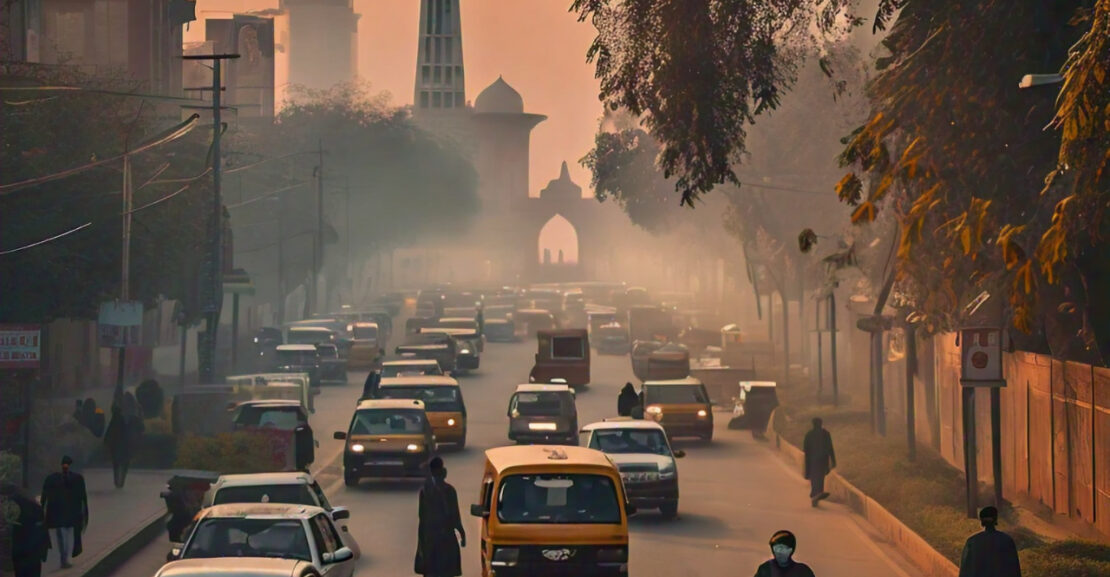Smog has become a persistent problem in Pakistan, particularly in the city of Lahore. The thick, grey haze that envelops the city has severe consequences for the environment, human health, and the economy.
1. Agricultural Burning: A Major Contributor
Agricultural burning is a significant contributor to smog in Pakistan. Farmers burn crop residues, releasing pollutants into the atmosphere. According to a study published in the Journal of Environmental Science and Health, Part B [1], agricultural burning is responsible for up to 30% of the particulate matter in the air.
2. Industrial Emissions: A Growing Concern
Industrial emissions are another major contributor to smog in Pakistan. The country’s industries, such as textiles and cement, release large amounts of pollutants into the atmosphere. A report by the World Bank [2] notes that industrial emissions are responsible for up to 25% of the air pollution in Pakistan.
3. Vehicular Emissions: A Growing Menace
Vehicular emissions are a significant contributor to smog in Pakistan. The country’s cities are home to a large number of vehicles, which emit pollutants into the atmosphere. According to a study published in the Journal of Environmental Science and Health, Part A [3], vehicular emissions are responsible for up to 20% of the air pollution in Pakistan.
4. Brick Kilns: An Overlooked Source
Brick kilns are an often-overlooked source of smog in Pakistan. The country’s brick kilns are largely unregulated and emit large amounts of pollutants into the atmosphere. A report by the Pakistan Environmental Protection Agency (EPA) [4] notes that brick kilns are responsible for up to 10% of the air pollution in Pakistan.
5. Waste Burning: A Neglected Issue
Waste burning is a neglected issue in Pakistan, but it contributes significantly to smog. The country’s cities generate large amounts of waste, which is often burned, releasing pollutants into the atmosphere. According to a study published in the Journal of Environmental Science and Health, Part C [5], waste burning is responsible for up to 5% of the air pollution in Pakistan.
Sources:
[1] Journal of Environmental Science and Health, Part B. (2020). Agricultural Burning and Air Pollution in Pakistan.
[2] World Bank. (2019). Air Pollution in Pakistan: An Overview.
[3] Journal of Environmental Science and Health, Part A. (2020). Vehicular Emissions and Air Pollution in Pakistan.
[4] Pakistan Environmental Protection Agency (EPA). (2022). Brick Kilns and Air Pollution in Pakistan.
[5] Journal of Environmental Science and Health, Part C. (2020). Waste Burning and Air Pollution in Pakistan.

